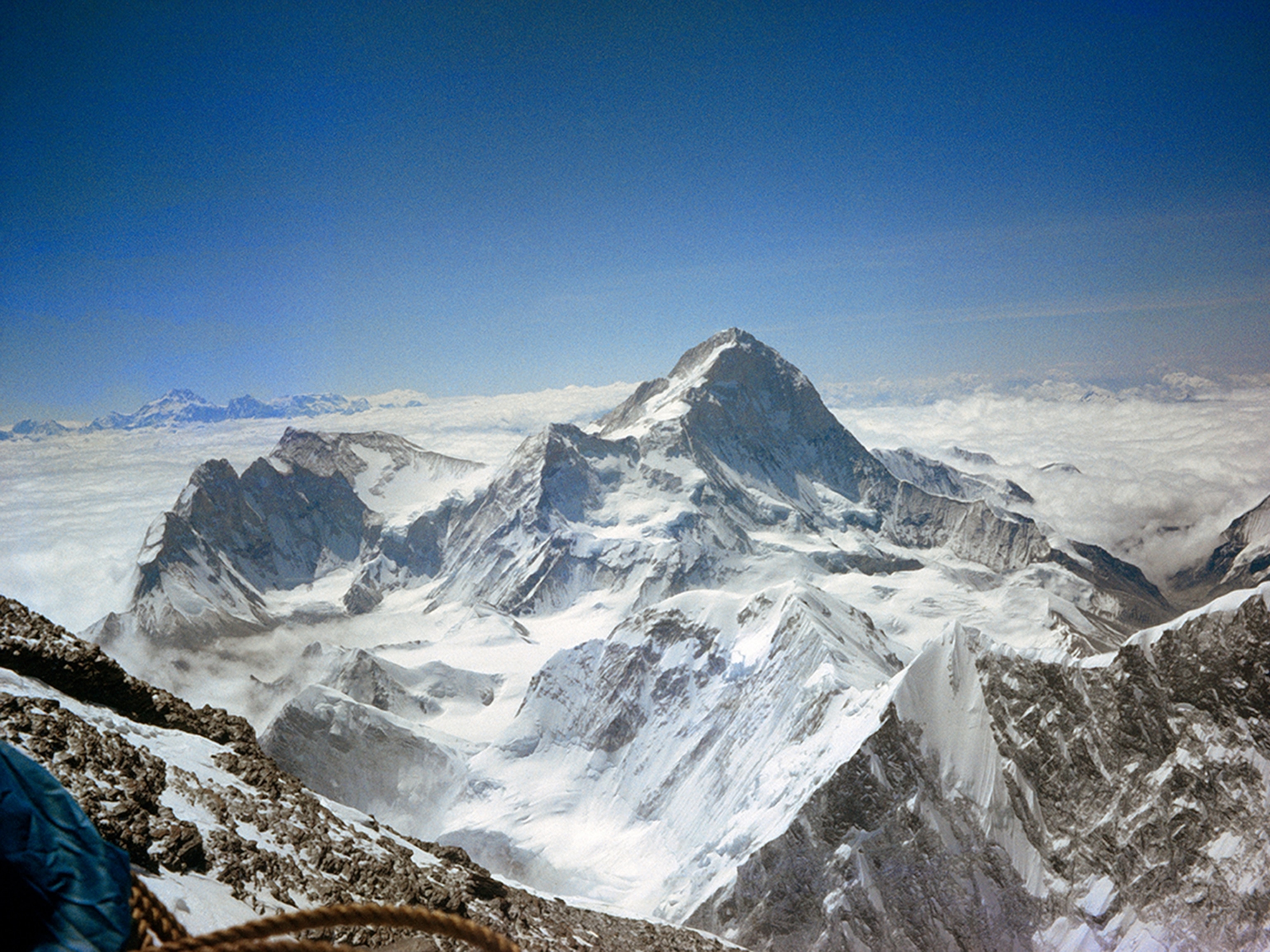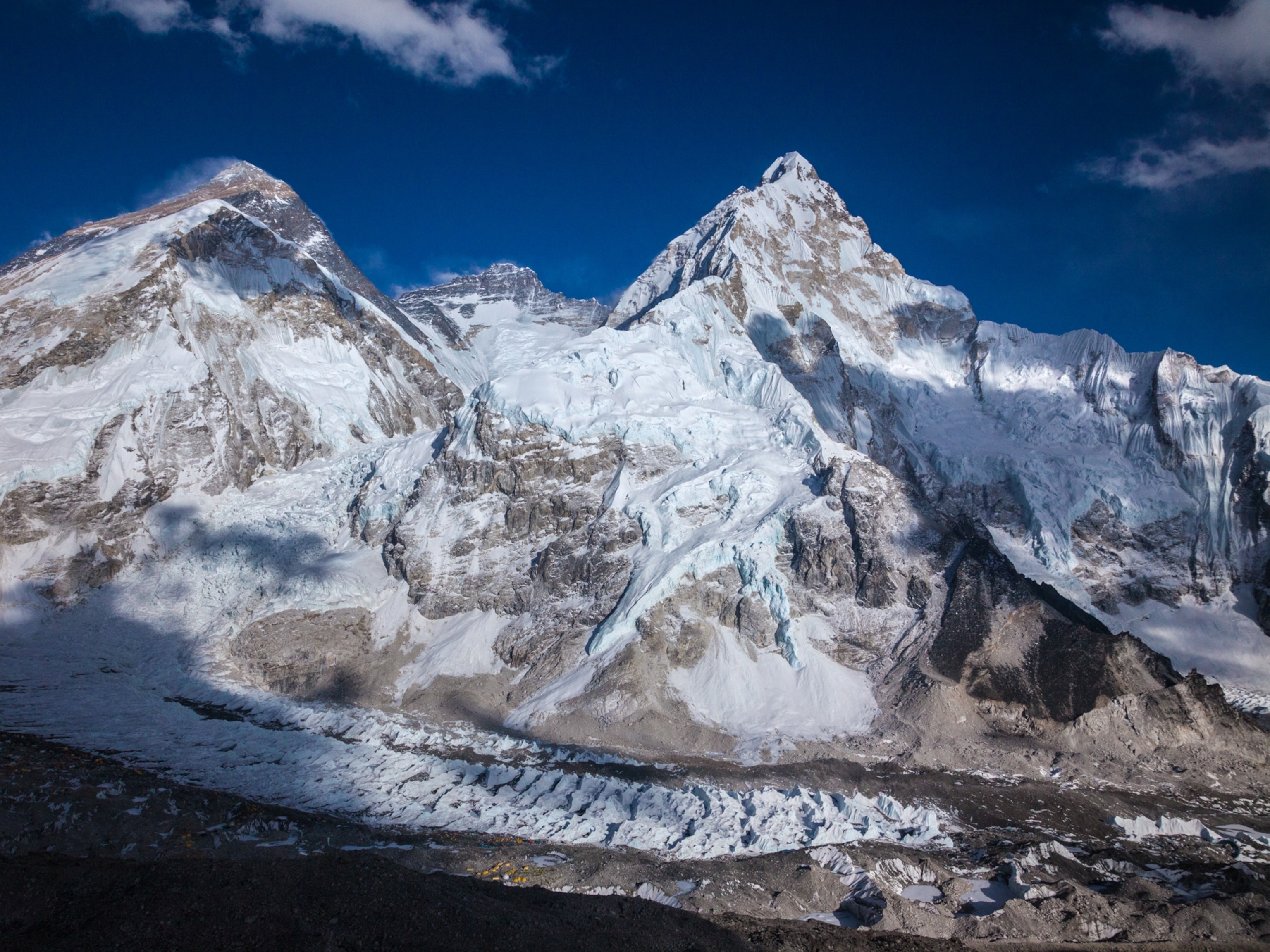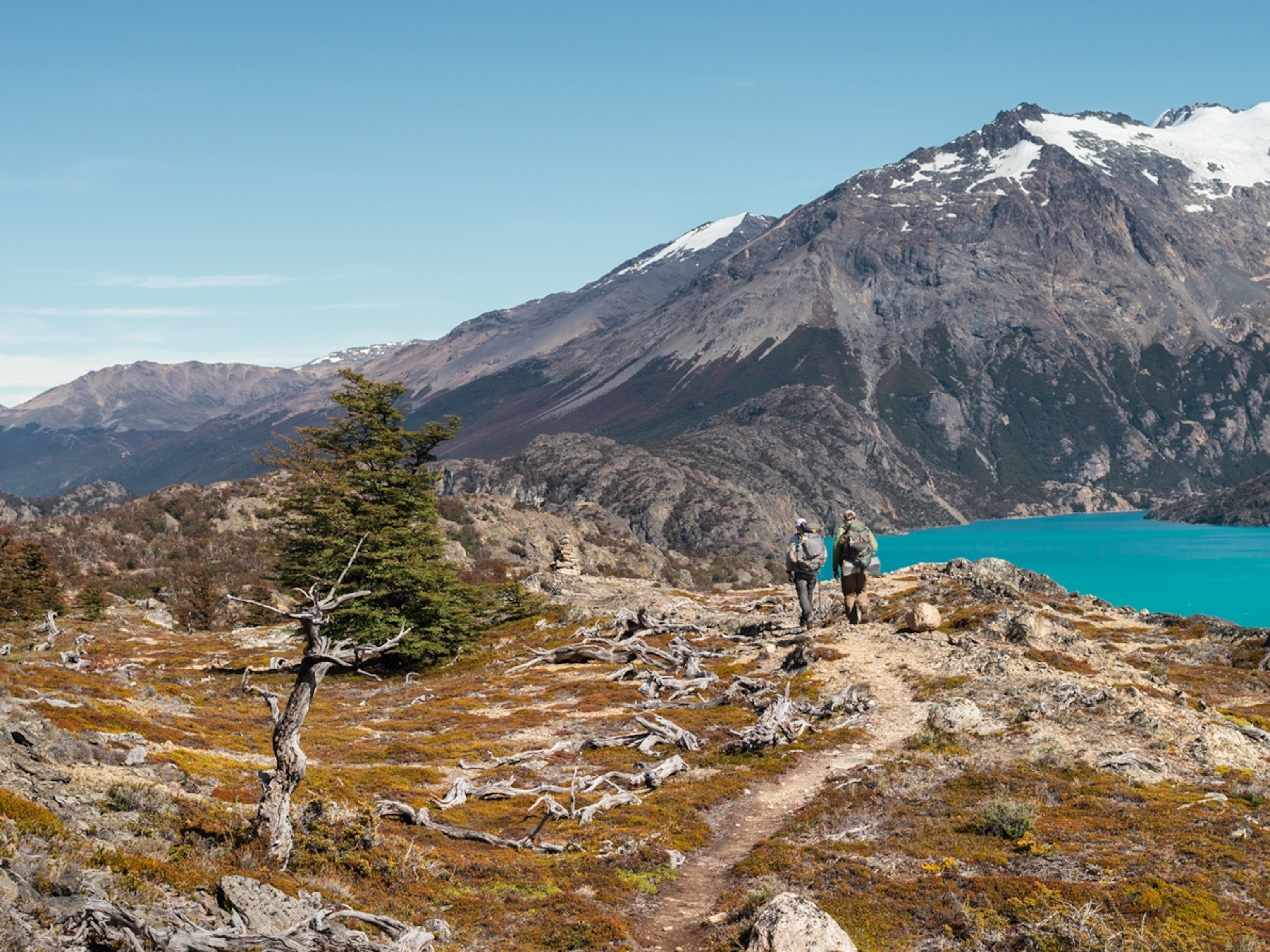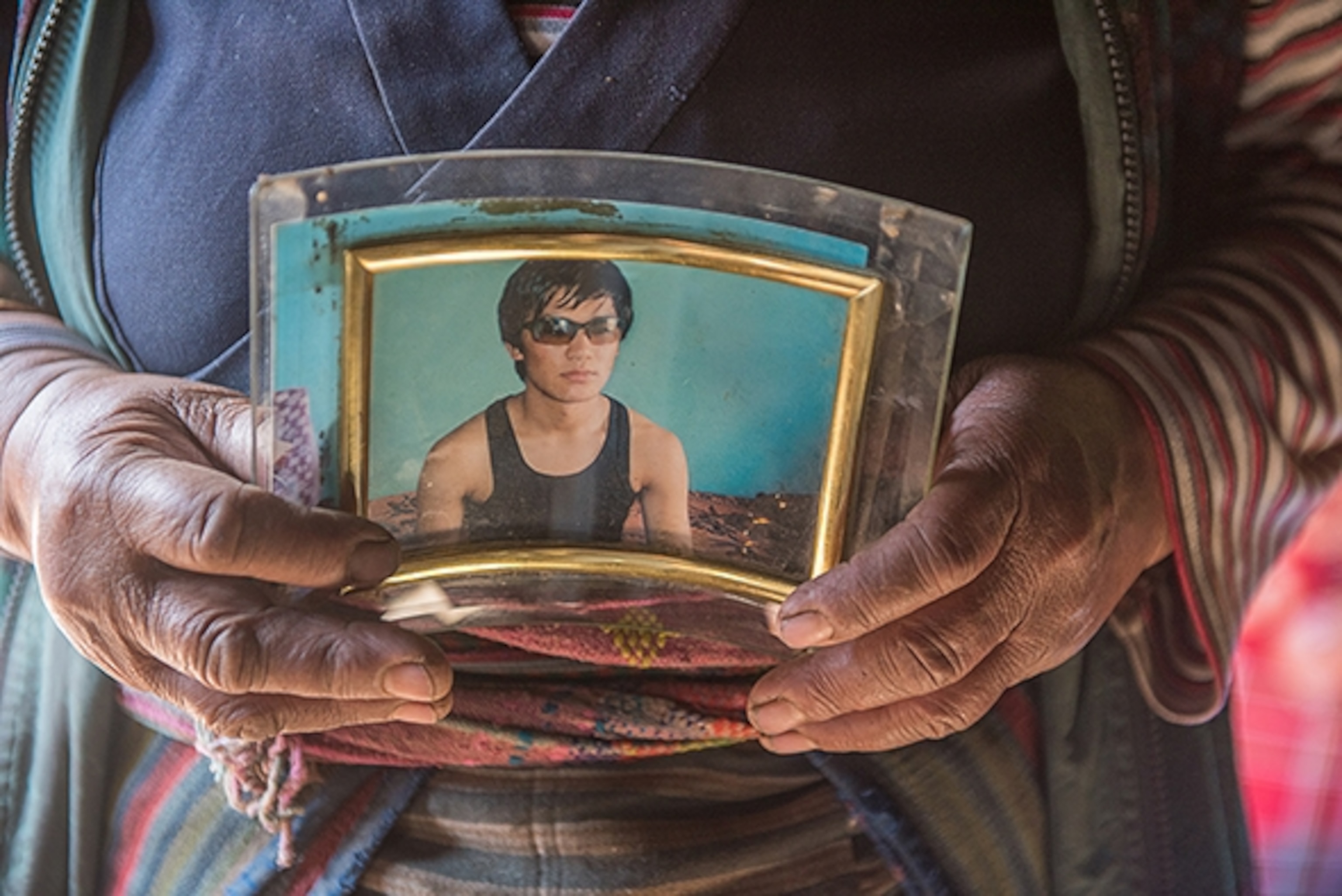
Plan Your Next Himalayan Expedition Mindfully
So what now? Two devastating years on the busiest mountain in the Himalaya leaves many questions.
The earthquakes in Nepal this season have had a devastating affect on the local people, particularly those in the mountainous regions of the country. The economic and emotional damage will be present for the foreseeable future and the loss of life and livelihoods has been profound. The nation is dealing with unfathomable difficulties due to the long road of rebuilding, and many of the poorest districts are the hardest hit. The mountain climbing expedition industry and its workers also took a hit. (See more from Morton in
10 Pictures You Haven’t Seen Reveal Destruction Deep In Nepal.)
On Mount Everest, the tragedies of April 18, 2014, in the Khumbu icefall and of April 25, 2015, at Everest Base Camp caused dramatic casualties among local expedition workers. Twenty-seven Nepali expedition workers were killed in these two events. When you include all expedition worker deaths of 2014 and 2015 (to date) the number rises to 35. Expedition work is dangerous and has devastating consequences for the family members left behind. Nepal desperately needs the return of tourism to bring dollars back after the earthquake. If for you that includes climbing expeditions, it’s important to be informed on worker welfare.
Tourism has been very beneficial to development in the Everest region. Health care, education, and infrastructure including excellent electrical power have all greatly benefitted this area. But because of the weak institutions of Nepal, its anemic economic engine, and near systemic political gridlock, there is little in the way of government support for workers. A sufficient safety net for those injured, killed, or in retirement does not exist via the government or from an industry organization. All expeditions must take out a mandatory private Nepali insurance policy for their workers. But this policy pays out what is essentially three years’ of income for a well-employed high-altitude worker, the vast majority of whom are ethnic Sherpas.
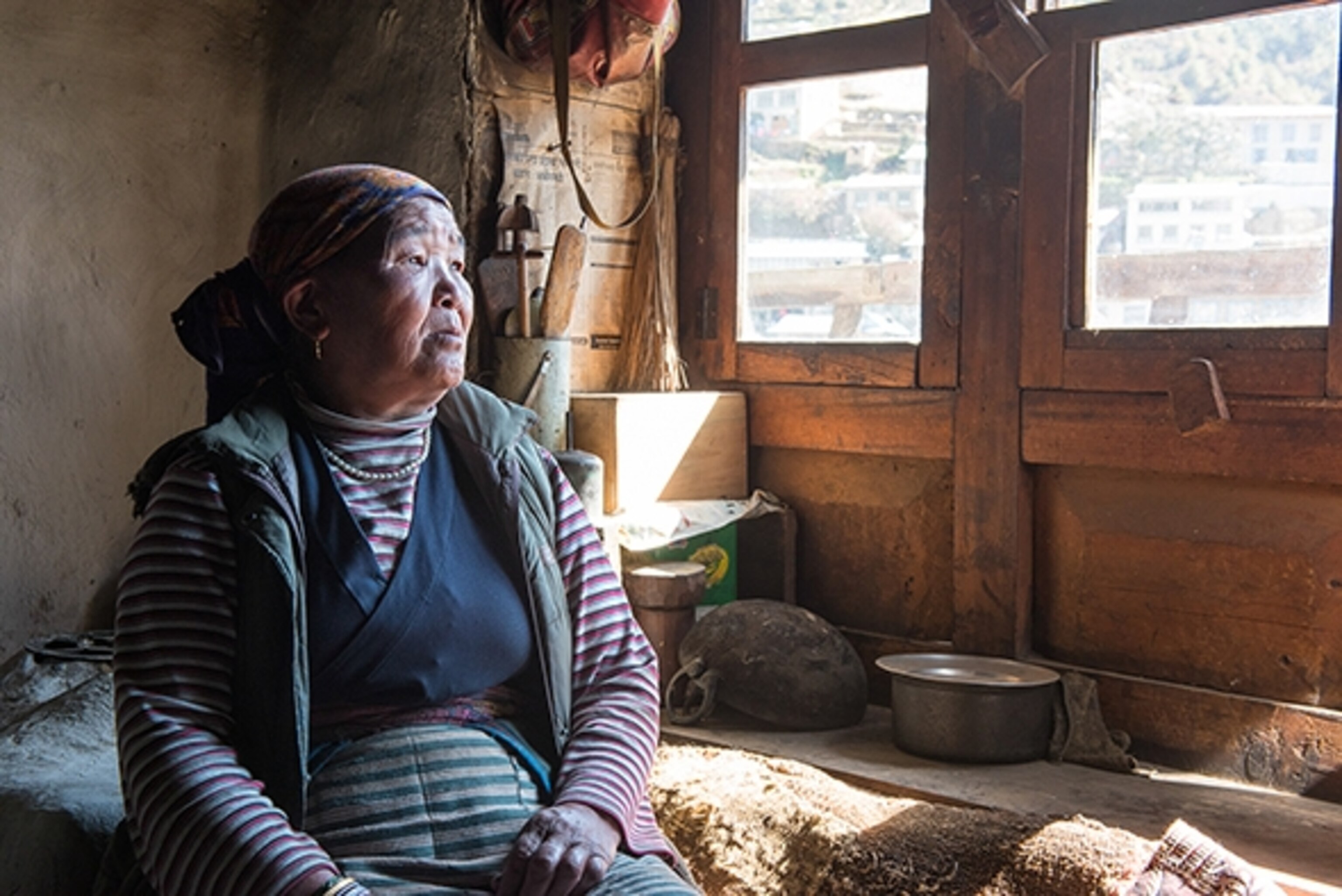
When we began the Juniper Fund in 2012, it was a surprise to learn that a number of Western operators weren’t aware that the insurance death benefit was $5,000 USD, or that a policy was required by the Ministry of Tourism, or whether or not their Trekking Agent (a Nepali agency that arranges permits) was charging them appropriately for this.
If you do choose an outfitter that employs locals on climbing expeditions, you should take responsibility for knowing what happens in the event of tragedy. Ask hard questions of yourself and your outfitter. What would your involvement be after an accident? What does the employer have in place presently? Are you comfortable with the arrangement available for these workers?
When a mountain worker is hurt or injured, foreign donations are often offered in a haphazard way, benefitting those workers employed by outfitters who are able to call on their clients for further support. Long-term support for most workers does not exist. But the industry is large and lucrative enough to provide sustainable, long-term welfare to all workers. This would greatly decrease any dependency on outside aid.
Until a more adequate, uniform solution is found, the Juniper Fund continues to support the families by administering funds through a standardized financial support program. We also actively take part in the welfare of the family though consistent visits, including monitoring the status of their homes after the recent earthquakes. But it’s not advisable that the industry be subsidized by outside aid in the long term.

As a result of worldwide media coverage in 2014 on Everest, the Nepal Mountaineering Association (NMA) in conjunction with Himalayan Trust offered support that included educational assistance for the 16 victims’ families. Additionally, the Ministry of Tourism, along with the Trekking Agents Association of Nepal (TAAN) and the Everest Operators Association (EOA) provided a one-time financial assistance payment. We hope the educational commitments can be kept for these 16, though this limited influx of support does not extend to other families who lost workers in 2014, or the 11 who perished on Everest in 2015, or the others who have died on other mountains.
- National Geographic Expeditions
Un-employment and under-employment is extreme in Nepal, with nearly 2,000 individuals leaving each day to find work outside of the country. The recent earthquakes will only exacerbate this situation, as more income is needed for rebuilding and family support. Tourism offers excellent local work opportunities and keeps more families in the villages. Mountaineering is an important part of that tourism. Nearly everyone I know who climbs in the Himalaya respects these expedition workers immensely, whether they use high-altitude porters or not. The most important sign of respect would be a robust employee welfare fund that was instituted industry-wide and compulsory.
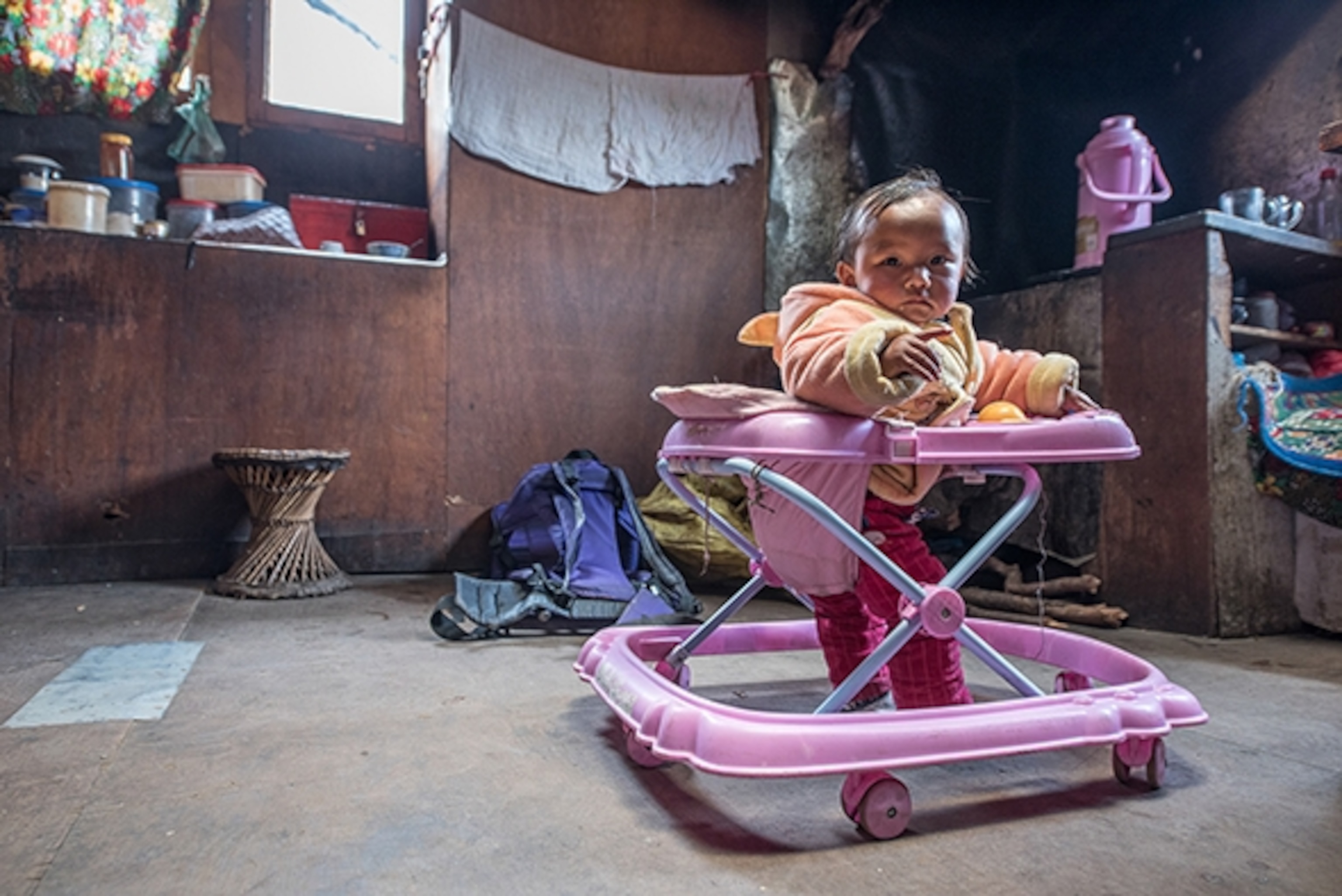
Tourism needs to return to Nepal in order to help the country recover. Hopefully the trekkers and climbers will return en masse. Using high-altitude expedition workers is one aspect of tourism that should require more of your engagement. That choice should not be taken lightly. Be educated. Be informed. Make responsible choices you can live with.
David Morton and Melissa Arnot founded the Juniper Fund together in 2012 in order to address an unmet obligation they witnessed guiding in the Nepal Himalaya. For more information on their programs and vision, visit www.thejuniperfund.org

